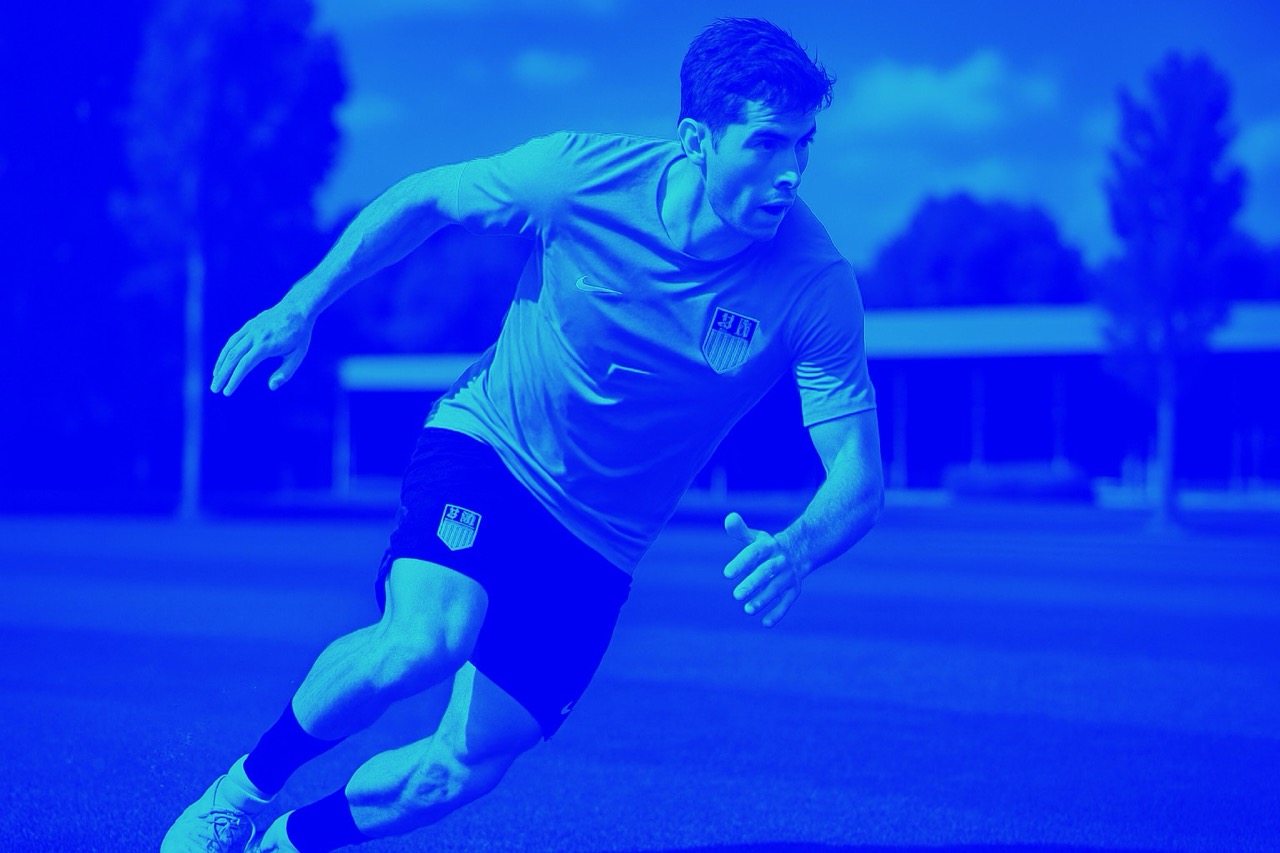Locomotor Performance in Highly-trained Young Soccer Players – Does Body Size Always Matter?
We all know that body dimensions affect athletic performance, especially in young players differing in maturation. However, how important is this effect is still unclear, and the available methods to account for differences in body dimensions have not been compared. In this study we compared the Aspire Qatari U15 players with the best french U15 players, and examined how their different body size affected their locomotor performance. The first interesting findings was to see how shorter (-7cm) and lighter (-10 kg) the Qatari are !! As you will also understand if you read all results in details, allometric scaling helps to account for these differences, but not always – body dimensions don’t explain everything ! Feedback appreciated, as always.





Kostas Patras
Dear Dr Buchheit great stuff as always, magnitude-based is definately of great value for sports science practisioners. I do have 1 point that I do not get: In table 1 MSS adjusted for BM gives a standarized difference between Qatari vs. French players of +0.18(-0.11;0.46) with chances (for smaller/similar/greater value) 2/54/44 and the qualitative outcome is interpreted as possibly faster although there are actually more chances for similar. But even if chances were different, say 2/48/50, the EF is +0.18 which points out to trivial difference (<than SWC of 0.2)